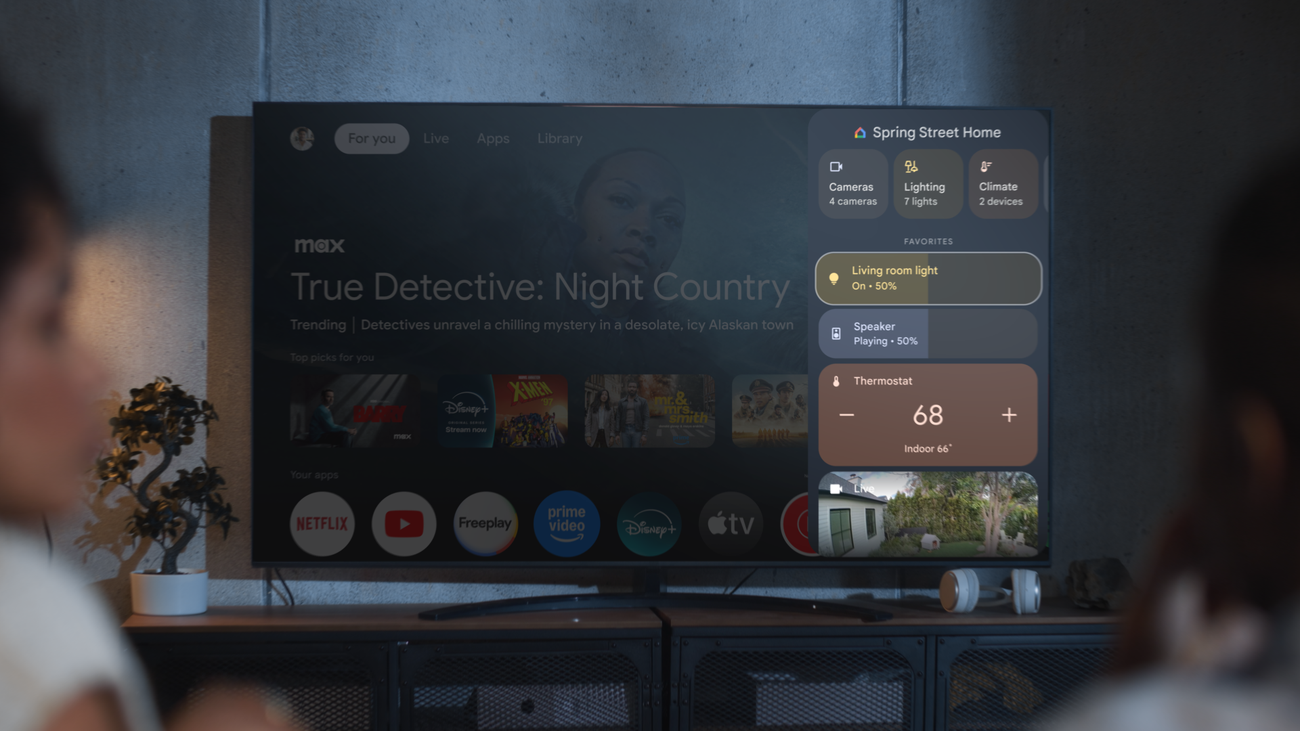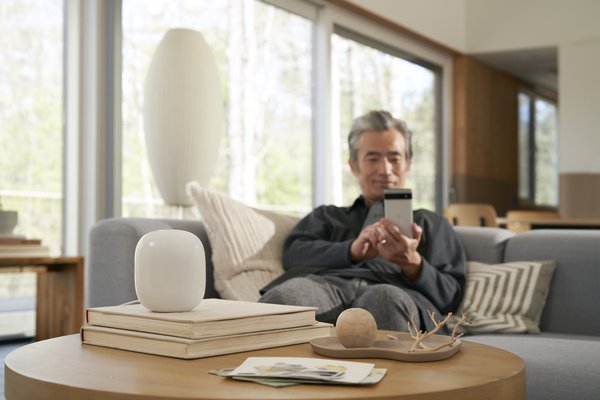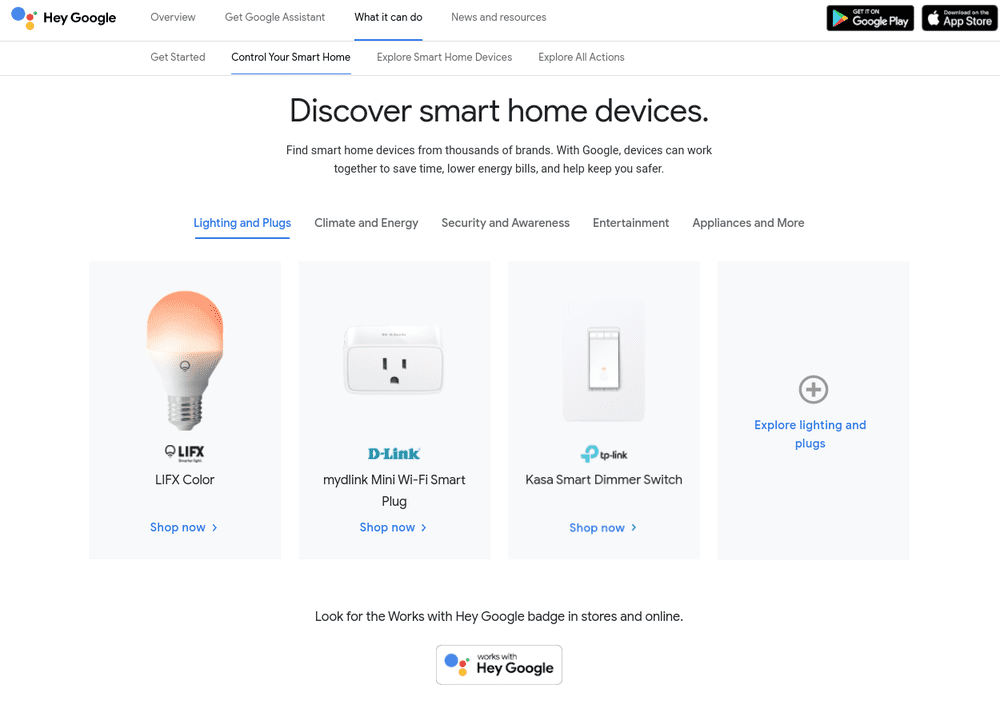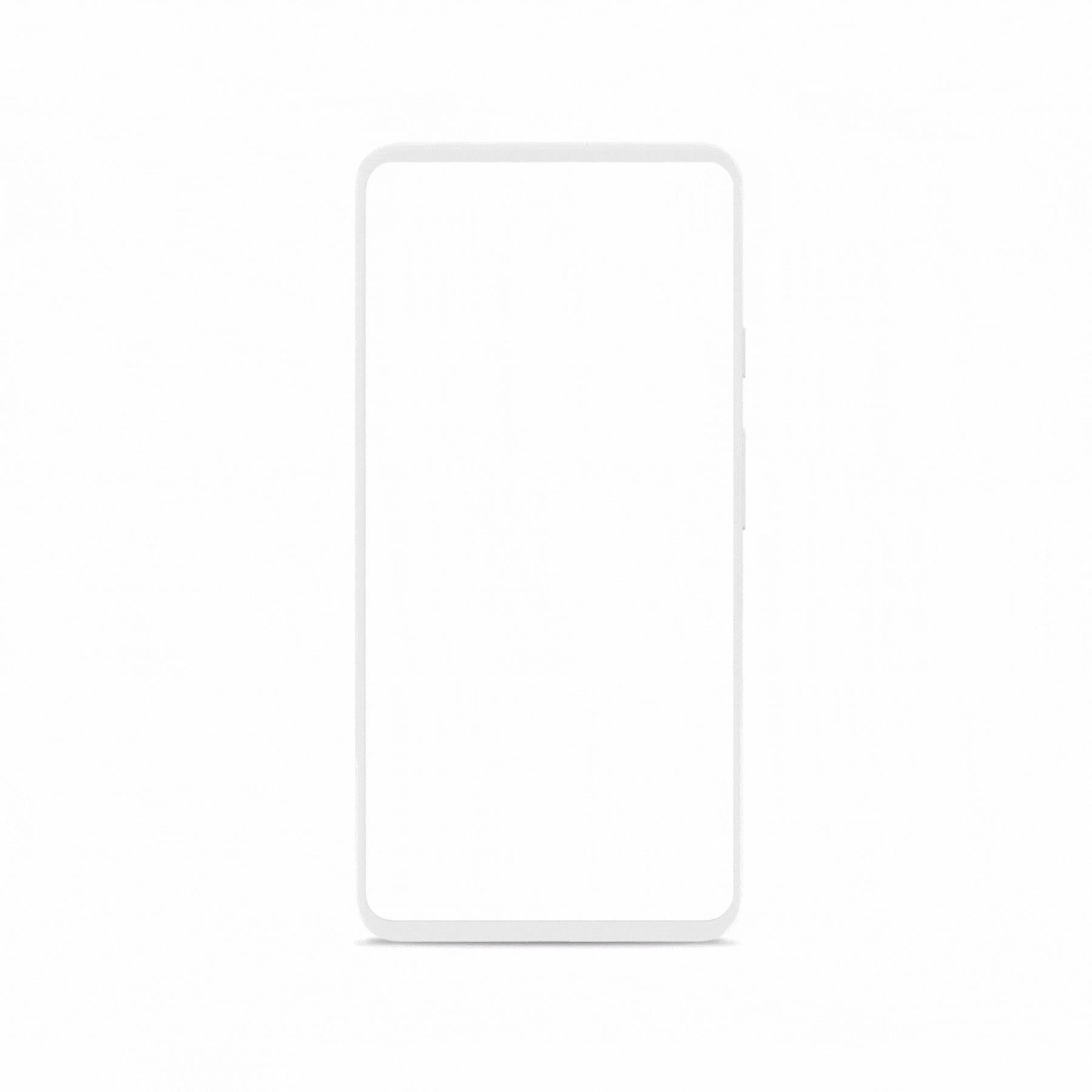Schlagwort: Google Nest
-

New updates to help you do more with Google TVNew updates to help you do more with Google TVDirector of Product Management and UX, Google TV
Reading Time: < 1 minuteNew home controls, AI-generated screensavers and easier ways to find and watch content are coming to all Google TV devicesNew home controls, AI-generated screensavers and easier ways to find and watch content are coming to all Google TV devicesWebsite: LINK
-

Matter is now available on Google Nest and Android devicesMatter is now available on Google Nest and Android devicesDirector of Product Management, Google Home
Reading Time: < 1 minuteMatter is now available across Google Nest and Android devices.Matter is now available across Google Nest and Android devices. Website: LINK
-

Make connections that Matter in Google HomeMake connections that Matter in Google HomeSenior Director, Google Home Ecosystem
Reading Time: 3 minutesWe’re entering a new era of the smart home built on openness and collaboration — one where you should have no problem using devices from different smart home brands to turn on your lights, warm up your living room and set your morning alarm. All of them should work together in harmony.…
-

Four Google smart home updates that MatterFour Google smart home updates that MatterSenior Director, Google Smart Home
Reading Time: 3 minutesToday, there are nine smart devices in the average smart home — in 2016, there were only three. While this is explosive growth, the industry is still evolving. Selecting the right devices or connecting them with the ones you already have can be frustrating. It’s up to us to simplify the smart…
-

Attention holiday shoppers: Black Friday help from GoogleAttention holiday shoppers: Black Friday help from GoogleHead of Americas Planning & Channel Management
Reading Time: 4 minutesMidnight turkey sandwiches, leftover pie for breakfast, a leisurely walk around the block—these are the ideal moments in my day after Thanksgiving. But if you’re like me and the millions of Americans who participate in Black Friday and Cyber Monday every year, chances are you’re also looking out for deals ahead of…
-

At I/O ’19: Building a more helpful Google for everyoneAt I/O ’19: Building a more helpful Google for everyone
Reading Time: 5 minutesToday, we welcomed thousands of people to I/O, our annual developer’s conference. It’s one of my favorite events of the year because it gives us a chance to show how we’re bringing Google’s mission to life through new technological breakthroughs and products. Our mission to make information universally accessible and useful hasn’t…





